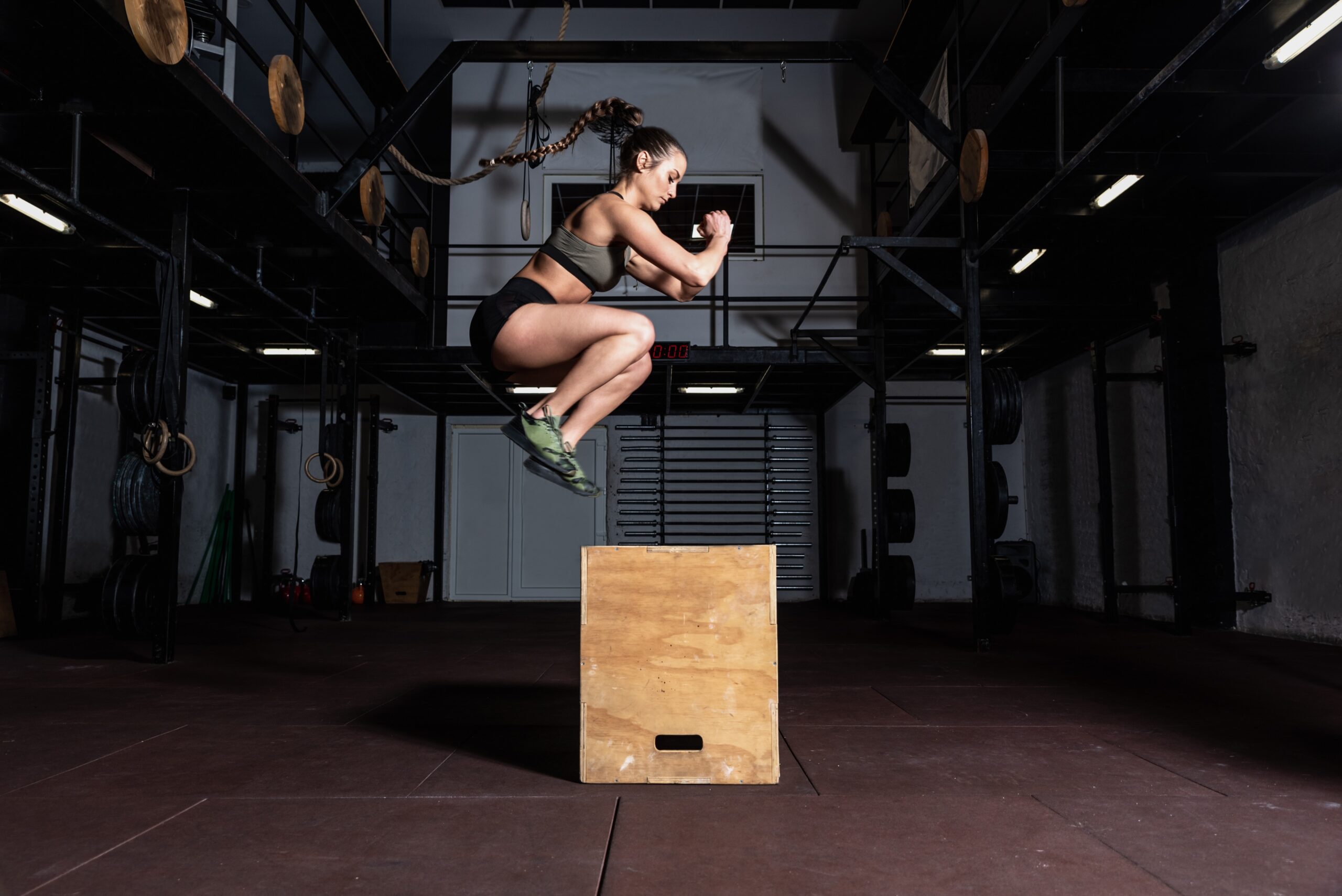Most combat athletes are forced to manage their time carefully as training demands, and the necessities of life must be balanced accordingly. By implementing supersets into a Combat Arts Strength and Conditioning to Achieving Peak Performance, combat athlete can simplify their workout, improve strength endurance, build muscle, and increase workout intensity in a remarkably short amount of time.
Superset Efficiency Breeds Productivity
John Danaher, a Brazilian Jiu-Jitsu black belt under Renzo Gracie, is currently regarded as one of the world's best grappling coaches. Danaher is known for his work with world-class combat athletes, e.g., George Saint Pierre, Eddie Cummings, and Garry Tonon.
In a recent article posted on bjjscandanavia.com, Danagher quoted, "When I watch beginners train together, the single most common method of defeat is fatigue. Beginners typically lack the skills required to gain a victory through the purity of their technique, and thus usually, one of them is worn down to a state where they cannot maintain resistance, and they succumb. Everyone has to confront and overcome this problem if they wish to remain in the sport."
Combat Arts Strength Training is the Foundation of a Fighters Success, improving strength endurance in the most efficient way possible is a realistic goal. Perhaps you should consider incorporating supersets into your strength and conditioning routine!
Why Super Setting is Different Than Circuit Training
A superset is a form of strength training in which the individual moves quickly from one exercise to another exercise without taking a break for rest in between the two movements. The athlete will take a brief rest only after both exercises are completed and then continue this sequence again for a specific number of sets.

Super setting is often thought of in the same context as circuit training. The difference is that supersets tend to focus on two exercises at a time, while a circuit training session can utilize up to ten or more exercise stations that consist of various movements.
Generally, there are two different types of superset training strategies. The first arrangement applies the use of different muscle groups paired together. Often one exercise is matched with another exercise that works an opposing muscle group to ensure that the athlete is not creating a muscular imbalance by the end of the workout. An example of this would be a flat alternating dumbbell bench press paired with a barbell bent-over row.
The second type of superset matches two different exercises that work the same muscle groups together to increase stress and demand within a particular movement pattern. An example of this would be a barbell front squat paired with a dumbbell walking lunge.
Superset Goal Setting – First Step Toward Progress
A specific strength training goal should be specified by or for the athlete before establishing a superset protocol. This goal will help the athlete determine the proper movements to execute and pair together during each workout.
It will also guide the individual in selecting the appropriate set and rep utilization to be performed during each exercise. The phase of training that the combat athlete is in will also determine the sets, reps, and exercises that will most effectively support the individual as he or she gets closer to competition.
Supersets devised to improve power may consist of executing a compound exercise for 3 – 5 reps followed by a plyometric or an explosive movement for a specific number of repetitions based on exercise choice.
Supersets designed to stimulate hypertrophy (muscle building) will focus on engaging a specific muscle group in the eight to twelve rep range using moderately heavy-weights. A superset devised to improve muscular endurance will involve the use of lighter weights for higher reps with less recovery time between sets.
What Do We Do About Rest?
The length of time devoted to rest after each set will depend on the workout's goals. Training to improve maximum strength or power will require more time to rest in-between sets (two-three minutes). A combat athlete seeking to develop more of a muscular endurance base will spend less time resting after each round (thirty seconds – one minute).
Hypertrophy Superset Workout
The length of time devoted to rest after each set will depend on the workout's goals. Training to improve maximum strength or power will require more time to rest in-between sets (two-three minutes). A combat athlete seeking to develop more of a muscular endurance base will spend less time resting after each round (thirty seconds – one minute).
superset | Reps |
|---|---|
Barbell Floor Press | Max Reps |
Kettlebell Goblet Squat | Max Reps |
Standing Dumbbell Military Press | Max Reps |
Muscular Endurance Superset Workout
Each superset should be performed consecutively and without rest until exercises in each set are completed in the round. Make sure to test yourself when you begin the workout to designate the proper weight for each exercise. Do three sets of each round with 30 – 45 seconds rest between each set; then move on to the next round.
superset | reps |
|---|---|
Body Weight Squat / | 20 Reps / 30 Seconds |
Neutral Grip Dumbbell Chest Press | 15 - 20 Reps / Max Reps |
Wide Grip Lat Pulldown / | 15 - 20 Reps / |
Ez-bar Upright Row / | 15 - 20 Reps / |
Standing Alt Dumbbell Curl / | 10 - 12 Reps / |
Follow the Best and Beat the Rest
Sean Keefe is a highly regarded European strength and conditioning specialist and head coach at Strength and Performance in Manchester, England. Keefe used supersets to assist former UFC Middleweight champion Michael Bisping in developing functional strength. Below is the superset workout devised by Keefe that was posted in a Men's Health article.
Superset 1 | Superset 2 |
|---|---|
Squats and Box Jumps | Woodchoppers and Neck Extensions |
(Perform these two exercises back-to-back with minimal rest for one round. Take 90 seconds to get your breath back after completing each round. Repeat the cycle three times.)
Don Heatrick is the Founder of Heatrick Strength and conditioning and has over 25 years of Muay Thai performance training experience. He was also a European Muay Thai silver medalist and a former professional Thai boxer. Heatrick devised a functional strength and hypertrophy model for Muay Thai fighters on his website Heatrick.com which includes the use of supersets.
For this protocol, Heatrick recommends performing one strength training exercise for five reps, followed immediately by one hypertrophy finisher for eight-reps. These two exercises are done back-to-back without rest for one round. Two minutes of rest is advised to be taken between rounds, and a total of four rounds are to be completed.
Superset | Reps |
|---|---|
Front Squat & Dumbbell Chest Press | 5 Reps / 8 Reps |
Standing Over Head Press Behind Neck Suspended Rows | 5 Reps / |
When two exercises are paired together and performed consecutively, more focus can be applied to stimulating proficiency and strength in specific movement patterns without the inclusion of any other exercises.
This type of workout should grant the trainee less recovery time between selected exercises, further stimulating growth and adaptation. When the combat athlete can incorporate more volume and exercise choice into a workout without sacrificing more time to the devoted task, they will have more time to focus on skills training, sparring, and recovery.

